Description
Trenbolone Acetate
Trenbolone Acetate is a synthetic anabolic-androgenic steroid (AAS) that bodybuilders and athletes use to enhance performance and physique. This potent steroid works by:
Increasing protein synthesis: It stimulates muscle tissue to produce more protein, leading to rapid muscle growth and repair.
Enhancing nitrogen retention: It helps maintain muscle mass by reducing nitrogen loss, allowing muscles to grow and recover faster.
Boosting red blood cell production: It increases red blood cell production and also delivers more oxygen to the muscles, delaying fatigue, and enhancing endurance.
It has a chemical structure similar to nandrolone, but with a few key differences that affect its pharmacological properties. Specifically:
17β-hydroxy esterification: It has a 17β-hydroxy esterification, which makes it more lipophilic (fat-soluble) and injects intramuscularly.
Double bond at carbon 9 and 10: Trenbolone Acetate has a double bond at carbon 9 and 10, which makes it more resistant to aromatization (conversion to estrogen).
It also often helps in veterinary medicine to promote muscle growth and appetite in livestock. However, it is also helps illicitly by athletes and bodybuilders to enhance performance and physique.
Metabolism
It also helps in the liver by enzymes such as:
1. Cytochrome P450: Trenbolone Acetate is metabolized by cytochrome P450 enzymes, which break down the steroid into its metabolites.
2. 17,20-desmolase: Trenbolone Acetate also metabolizes by 17,20-desmolase, which converts the steroid into its 17-keto metabolite.
Pharmacokinetics
It has a pharmacokinetic profile characterized by:
1. Rapid absorption: Trenbolone Acetate rapidly absorbs into the bloodstream after intramuscular injection.
2. High bioavailability: It has high bioavailability, meaning that it absorbs and also uses a significant proportion of the dose.
3. Short half-life: Trenbolone Acetate has a relatively short half-life of approximately 2-3 days.
Analytical Chemistry
It can be detected and quantified using various analytical techniques, including:
1. Gas chromatography-mass spectrometry (GC-MS).
2. Liquid chromatography-mass spectrometry (LC-MS).
3. High-performance liquid chromatography (HPLC).

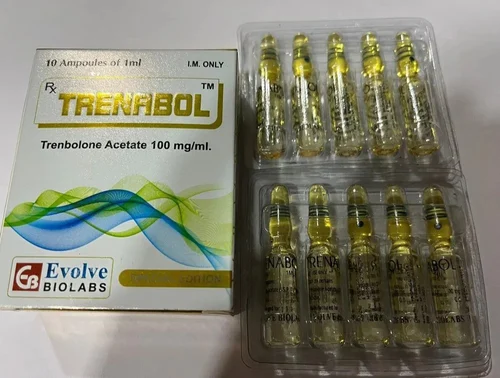
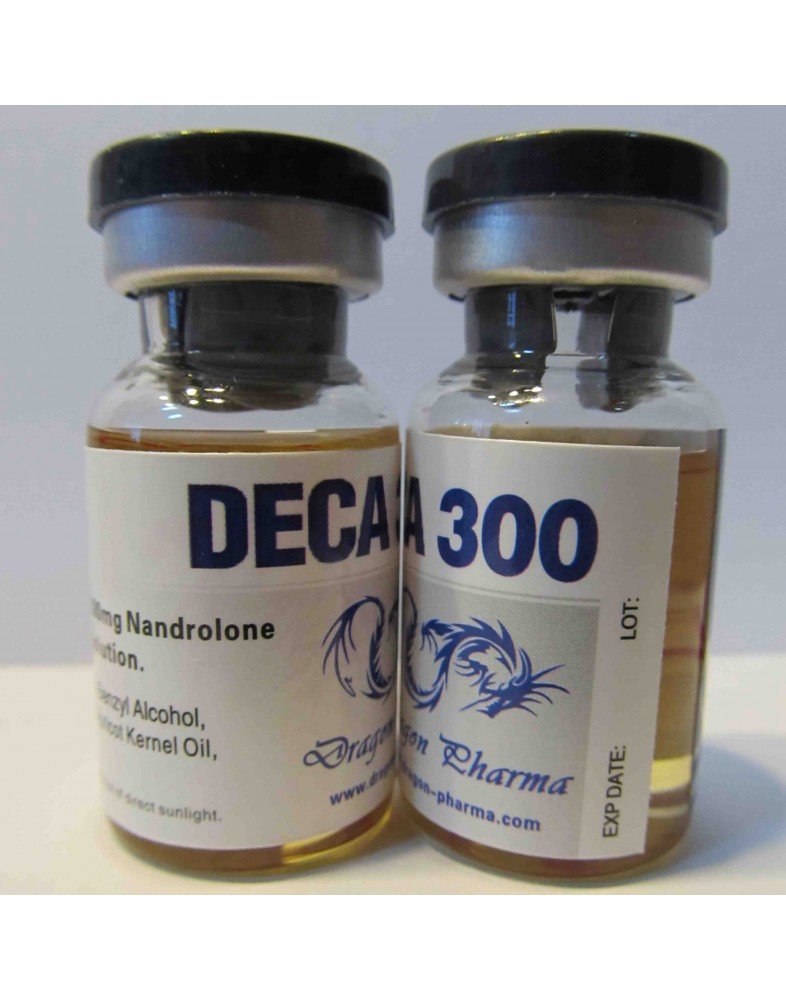
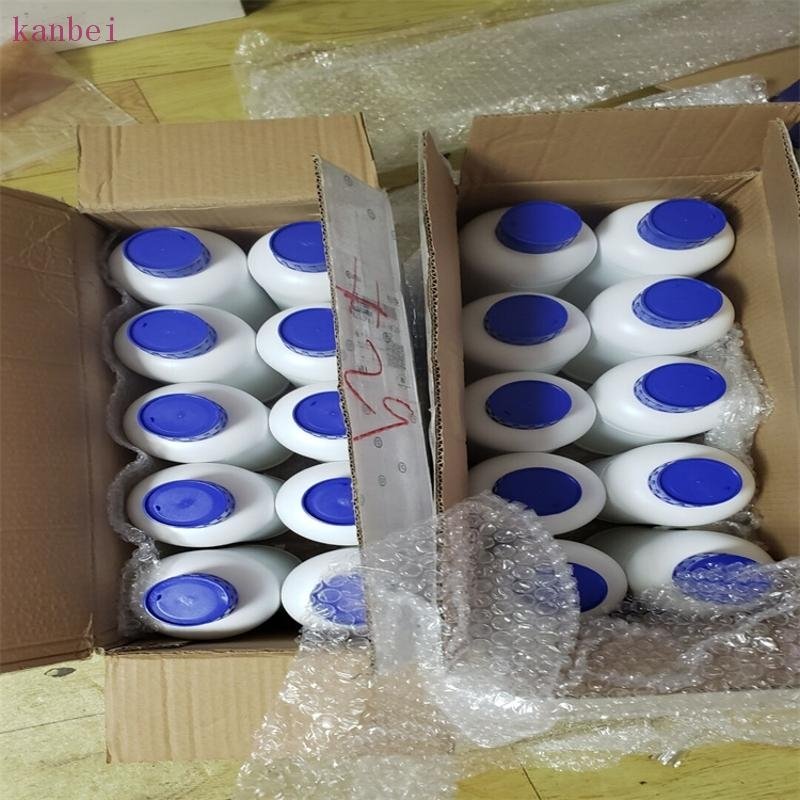
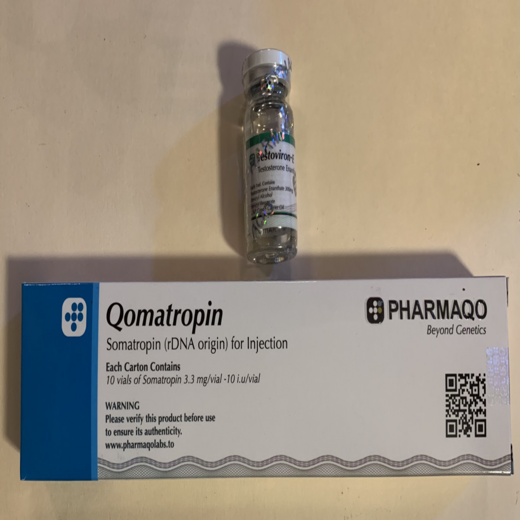
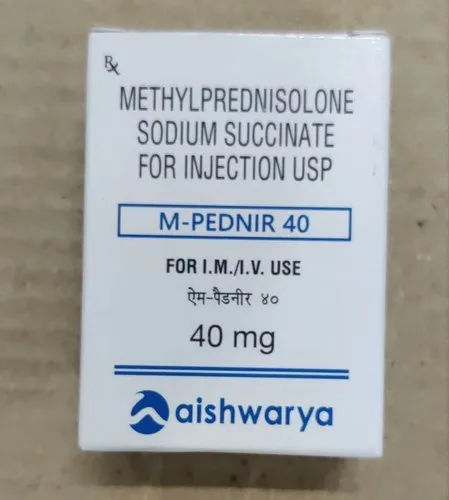
Reviews
There are no reviews yet.